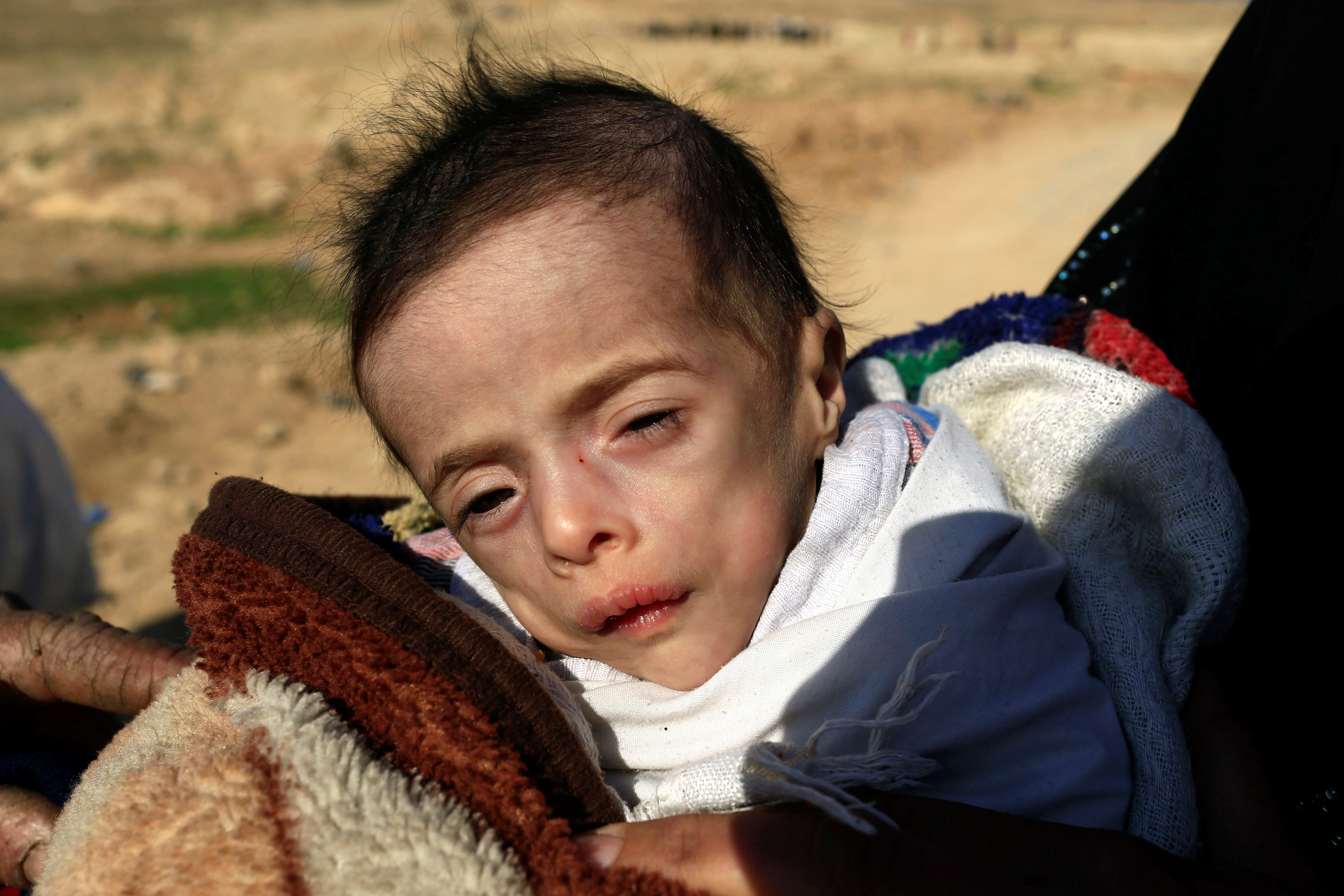
By Ellen Francis
HOMS, Syria/BEIRUT (Reuters) – Rebels and their families began leaving their last bastion in the Syrian city of Homs on Saturday, state media and a Reuters witness said, under a Russian-backed deal with the government expected to be among the largest evacuations of its kind.
The agreement underlines Syrian President Bashar al-Assad’s upper hand in the war, as more rebel fighters opt to leave areas they have defended for years in deals that amount to negotiated withdrawals to other parts of the country.
Several buses drove out of the al-Waer district in Homs, which was an early center of the popular uprising against Assad.
Between 10,000 and 15,000 rebels and civilians would evacuate in batches over the coming weeks under the deal, according to opposition activists in al-Waer and a war monitor.
Homs governor Talal Barazi told Reuters that he expected 1,500 people, including at least 400 fighters, to depart on Saturday for rebel-held areas northeast of Aleppo, and that most of al-Waer’s residents would stay.
“The preparations and the reality on the ground indicate that things will go well,” Barazi said.
The Syrian government has described such deals as a “workable model” that brings the country closer to peace after six years of conflict. But the opposition decries them as a tactic of forcibly displacing people who oppose Assad after years of bombardment and siege.
Along with the Syrian Arab Red Crescent (SARC), Russian and Syrian forces were overseeing the evacuation, which would take about six weeks, Barazi said.
FULL EXIT
He said there was communication with other rebel-held areas north of Homs city to reach similar deals, including the towns of al-Rastan and Talbiseh.
“We are optimistic that the full exit of armed (fighters) from this district will pave the way for other reconciliations and settlements,” he said.
The government has increasingly tried to press besieged rebel areas to surrender and accept what it calls reconciliation agreements.
In an interview with Chinese TV station Phoenix last week, Assad said deals brokered locally with rebels were “the real political solutions”. He added that he had not expected anything from Geneva, where U.N.-led peace talks ended this month with no breakthrough.
Broadcasting live from the al-Waer departure area, Syrian state television spoke to a Russian colonel, who said via an interpreter that security would soon return to the district.
“This agreement was reached only under the patronage of the Russian side … and it will be implemented with Russian guarantees,” he said.
The Syrian Observatory for Human Rights, a Britain-based war monitor, said the buses would go to the Jarablus area held by Turkey-backed rebels in the northern Aleppo countryside.
Once completed, it would mark the biggest evacuation during the war out of one Syrian district, which is home to about 40,000 civilians and more than 2,500 fighters, the monitoring group said.
“It’s because there is zero trust in Assad’s government. That’s why the numbers are high,” said the head of the Homs Media Center, run by opposition activists. “For years, it has besieged us…and bombed people’s homes.”
Many did not want to stay out of fear of arrest, and around 15,000 people had signed up to evacuate so far, he said.
“People are going to live in tents, in refugee camps,” the activist said, adding that he also planned to leave in the coming weeks. “They are willing to leave their homes, their land, towards the unknown.”
ON THE BACK FOOT
Dozens of buses stood at a crossing in the morning waiting to leave al-Waer, accompanied by SARC ambulances, a Reuters witness said.
Police officers searched people before the buses drove out, the Homs police chief told Syrian state television.
In the coming weeks, evacuees could be shuttled to other rebel-held areas in northern Syria, including the insurgent stronghold of Idlib province, state TV said.
Under the agreement, fighters could stay in al-Waer if they hand over their weapons and settle their affairs with the government, it said.
State-owned al-Ikhbariya TV cited the Homs governor as saying that 20 buses had left so far and that rebels carried their small arms out with them.
The government would start returning its services to the district with the departure of the last batch of rebels, Barazi said. Allegations of an evacuation of al-Waer’s residents were “devoid of truth”, the channel quoted Barazi as saying.
The deal follows others that were never fully implemented between the government and rebel groups in al-Waer, which has been pounded by air strikes in recent weeks.
A few hundred rebels from the district have previously been allowed safe passage to Idlib in the northwest.
Rebels and civilians have poured into Idlib at an accelerating rate over the last year, bussed out of other parts of western Syria that the government and allied forces recaptured from rebels.
Rebel groups have been on the back foot in Syria, following Russia’s intervention into the war on Assad’s side, bringing its air power to bear in support of his army and its Iranian and Shi’ite militia allies.
The wide array of mostly Sunni rebel factions includes some jihadists as well as some groups supported by the United States, Turkey and Gulf monarchies.
(Reporting by Ellen Francis in Beirut; Additional reporting by Marwan Makdisi in Homs; Editing by Dale Hudson and Stephen Powell)










